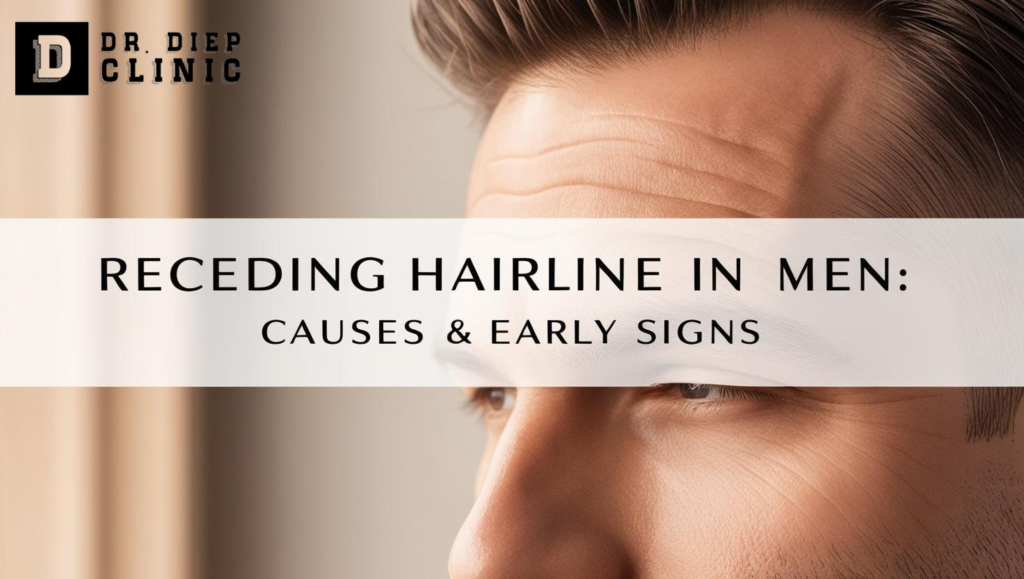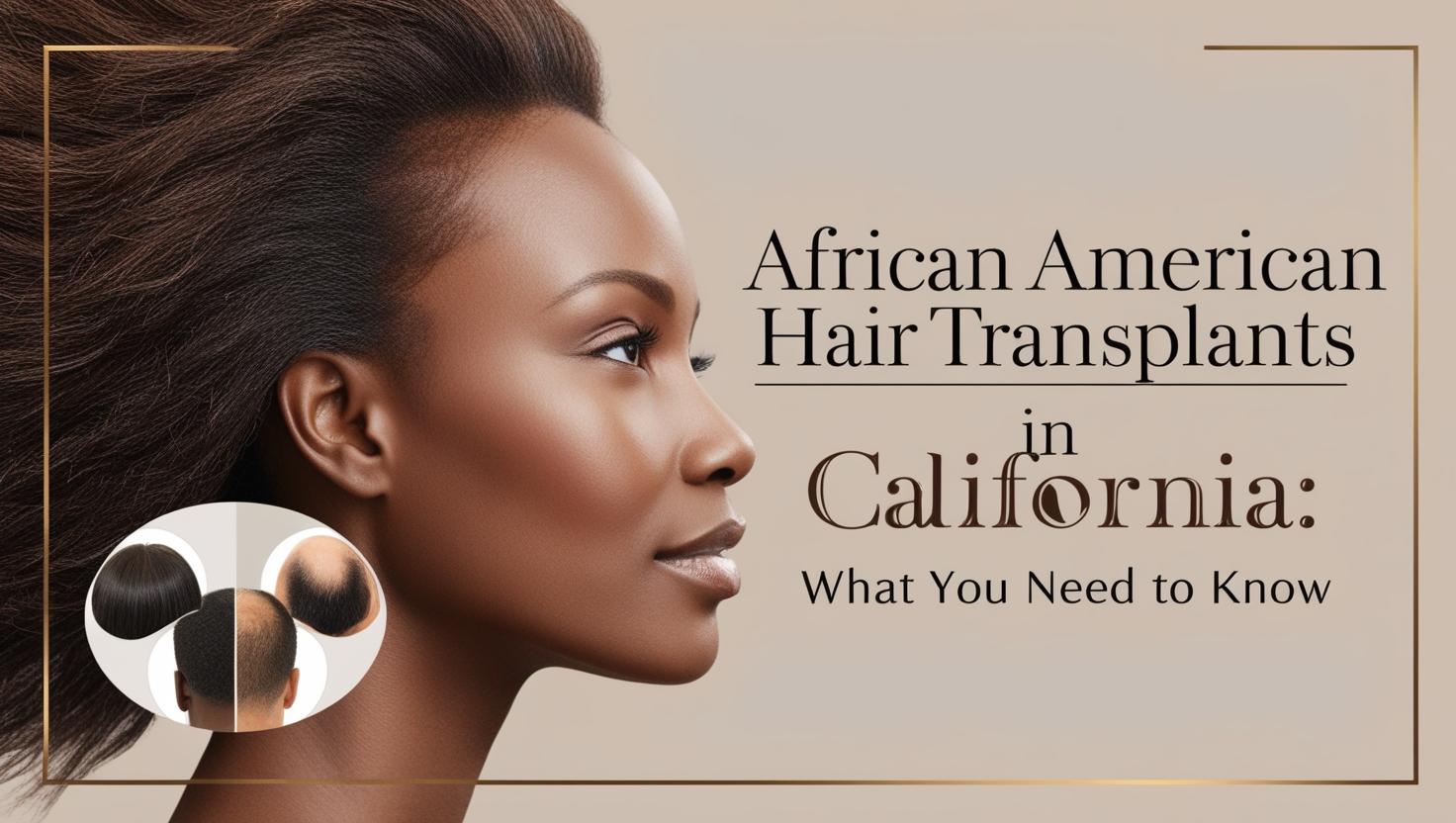Introduction
A receding hairline is one of the most common early signs of hair loss in men. Whether caused by genetics, aging, or lifestyle factors, understanding the reasons behind a receding hairline is the first step in managing it effectively. In this blog, we’ll explore the primary causes of receding hairlines in men, how to identify the early signs, and the best practices for keeping your hairline healthy.
Common Causes of Receding Hairlines in Men
1. Genetics (Male Pattern Baldness)
The most common cause of a receding hairline in men is male pattern baldness (MPB). This hereditary condition results from sensitivity to dihydrotestosterone (DHT), a hormone that shrinks hair follicles over time.
- What Happens?: Over time, the hair follicles shrink and produce thinner, shorter hair until growth stops altogether.
- Family History: If your father or grandfather experienced a receding hairline, you may be more likely to experience it as well.
2. Aging
As men age, the hair growth cycle naturally slows down. Hair follicles become less active, and hair may become thinner and more prone to shedding.
- Hair Growth Cycle: The transition from the anagen (growth) phase to the telogen (resting) phase shortens with age, leading to less hair growth and increased shedding.
3. Stress
Stress is another significant factor that can lead to hair loss. Stress can cause a condition known as telogen effluvium, where a large number of hair follicles prematurely enter the resting phase, leading to excessive shedding.
- Chronic Stress: Long-term stress can have a significant impact on hair health and exacerbate hairline recession.
4. Medical Conditions
Certain medical conditions, such as thyroid imbalances, scalp infections, or autoimmune diseases, can also contribute to a receding hairline.
- Alopecia Areata: An autoimmune condition that causes hair to fall out in small patches.
- Thyroid Disorders: Hypothyroidism and hyperthyroidism can interfere with the hair growth cycle.
How to Spot a Receding Hairline Early
Recognizing the early signs of hairline recession can help you manage it more effectively. Look for:
- Thinning at the Temples: One of the first signs of a receding hairline is thinning at the temples, leading to an M-shaped pattern.
- Wider Forehead: As the hairline recedes, the forehead may become more prominent, especially in the area around the temples.
- Increased Hair Shedding: More hair may fall out during grooming, which is a common sign of hairline recession.
How to Manage and Protect Your Hairline
1. Scalp Health
- Keep your scalp clean by using gentle shampoos and nourishing oils that promote hair growth.
- Exfoliate your scalp once a week to remove dead skin cells and stimulate hair follicles.
2. Nutrition for Healthy Hair
- A diet rich in protein, zinc, and vitamins like biotin and vitamin D supports healthy hair growth.
- Consider adding foods like salmon, eggs, nuts, and leafy greens to your meals.
3. Lifestyle Changes
- Reduce stress by practicing relaxation techniques like yoga or meditation.
- Ensure adequate sleep to help your body restore and maintain hair health.
4. Hair Protection
- Avoid hairstyles that cause friction or tension on the hairline, such as tight hats or helmets.
- Use a wide-tooth comb to avoid unnecessary breakage.
Consult Dr. John Diep for a Personalized Hairline Solution
If you’re struggling with a receding hairline, Dr. John Diep is the expert you need. With over 18 years of experience, Dr. Diep specializes in natural hairline restoration for both men and women. He is highly regarded for his artistic approach and commitment to creating custom hairlines that complement each individual’s features.
Why Choose Dr. Diep?
- Expertise in all types of hair loss, including male pattern baldness.
- Known for his advanced hair restoration techniques and customized results.
- Trusted by thousands of satisfied patients.
- Certified by the American Board of Hair Restoration Surgery.
- Known for his patient-centered approach and natural results.
Contact Dr. Diep Today to discuss your hair restoration options and learn how he can help you regain a natural, healthy hairline.


